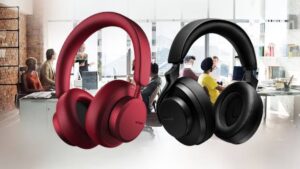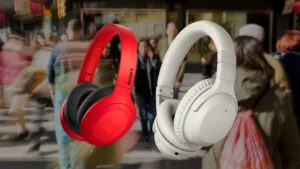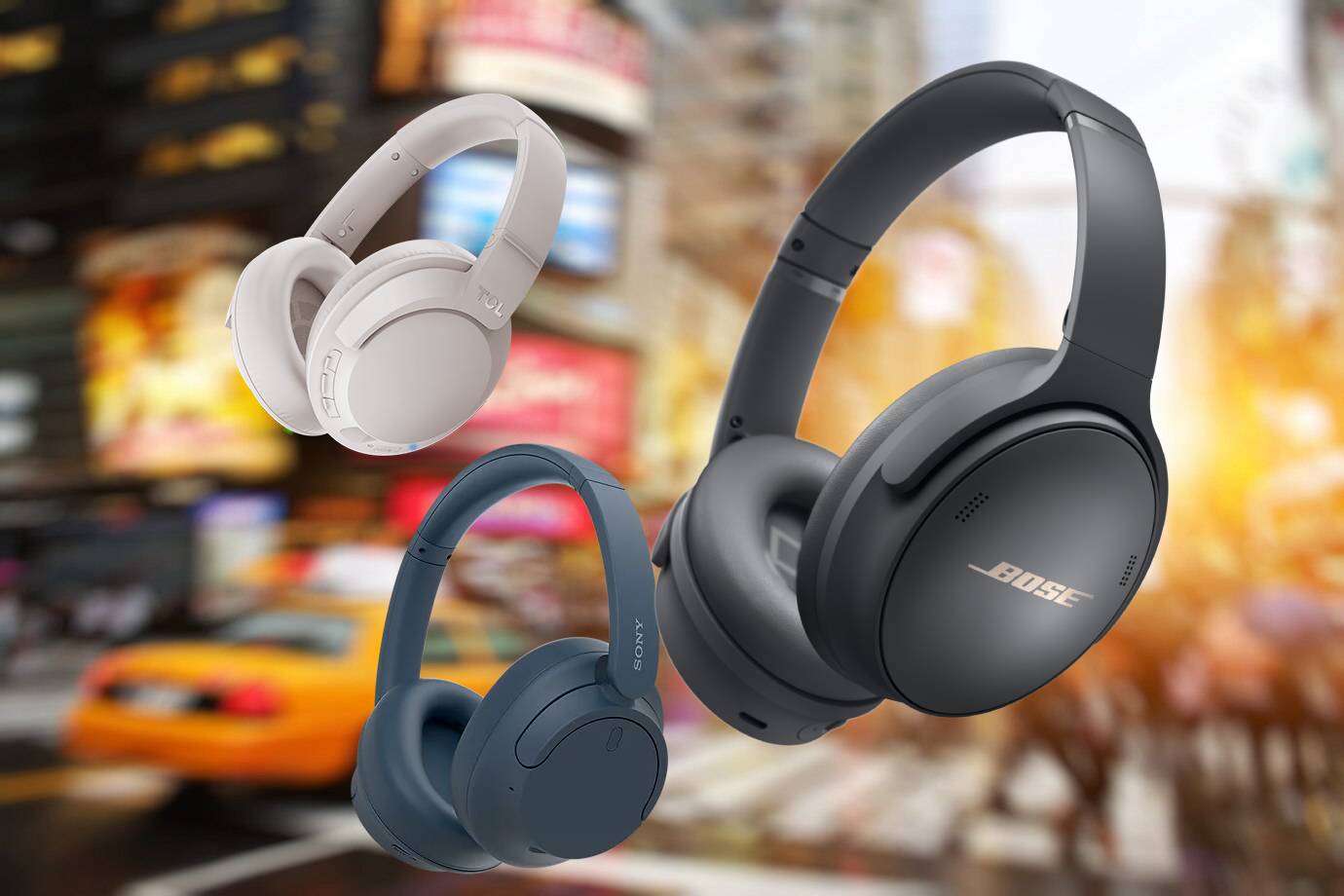Noise cancelling headphones, often referred to as ANC (Active Noise Cancelling) headphones, are a revolutionary audio device designed to reduce or eliminate unwanted ambient sounds, providing users with a more immersive and peaceful listening experience. Unlike traditional headphones that passively block some external noise through physical barriers like ear cups, noise cancelling headphones use advanced technology to actively counteract and neutralize external sounds.
How Does Noise Cancelling Work
To truly appreciate the magic of noise cancelling headphones, we first need to understand the science behind them. Unlike regular headphones, which simply play audio, noise cancelling headphones actively eliminate unwanted ambient sounds. They achieve this through a fascinating process involving microphones, processors, and sound waves.
When you slip on a pair of noise cancelling headphones, built-in microphones pick up external sounds in your environment. These incoming sounds are then analyzed by a processor that generates an “anti-noise” signal – a sound wave with an inverted phase to the incoming noise. When these two waves meet, they cancel each other out, creating a tranquil bubble of silence around your ears. It’s like having a personal force field against the chaos of the outside world.

Is It Safe to Wear Noise-Cancelling Headphones
Safety is a paramount concern, especially when it comes to devices we wear on our bodies for extended periods. The good news is that, generally, noise cancelling headphones are safe to use. The technology operates within the audible frequency range, posing no risk to your health.
However, it’s essential to be mindful of your surroundings. Noise cancelling headphones, by design, reduce or eliminate external sounds, potentially making you less aware of your environment. This can be a concern in situations where situational awareness is crucial, such as walking near traffic or in crowded areas. To strike a balance between tranquility and awareness, it’s advisable to use noise cancelling headphones judiciously and in appropriate settings.
Which Type of Noise Cancellation is Best
Not all noise cancelling headphones are created equal. There are different types of noise cancellation technologies, each with its unique strengths. Understanding these variations can help you choose the perfect pair for your needs.
- Passive Noise Cancellation:
- No batteries required.
- Relies on physical barriers to block out sound.
- Great for reducing high-frequency sounds like voices and street noise.
- Ideal for those who prefer a lightweight and simple design.
- Active Noise Cancellation (ANC):
- Powered by batteries or rechargeable cells.
- Utilizes microphones and processors to actively cancel out external sounds.
- Highly effective in eliminating a broad range of frequencies.
- Perfect for frequent travelers and individuals working in noisy environments.
- Adaptive Noise Cancellation:
- Combines elements of passive and active noise cancellation.
- Adjusts to your surroundings in real-time.
- Offers a personalized and dynamic noise-cancelling experience.
- Ideal for those who want the best of both worlds.

How Do You Test Active Noise Cancelling Headphones
Purchasing noise cancelling headphones is an investment, and you want to ensure you’re getting the performance you expect. Here’s a step-by-step guide on how to effectively test active noise cancelling headphones:
- Evaluate Noise Reduction Levels:
- Take your headphones to a noisy environment.
- Turn on the noise cancelling feature and observe how effectively it blocks out external sounds.
- Pay attention to the reduction in both low and high-frequency noises.
- Check for Audio Quality:
- Assess the audio quality with noise cancelling both on and off.
- Ensure that the sound remains clear, balanced, and free from distortion when the noise cancelling feature is activated.
- Battery Life:
- Test the battery life of your headphones with and without noise cancelling.
- Ensure that the device maintains a reasonable battery life, especially when the noise cancelling feature is in use.
- Comfort and Fit:
- Wear the headphones for an extended period to assess comfort.
- Ensure that the fit is snug enough to provide an effective seal against external noise without causing discomfort.
- Durability:
- Check the build quality and materials used in the headphones.
- Ensure that the device is durable enough to withstand regular use and occasional bumps.
